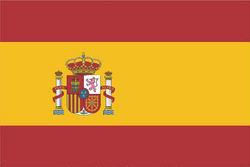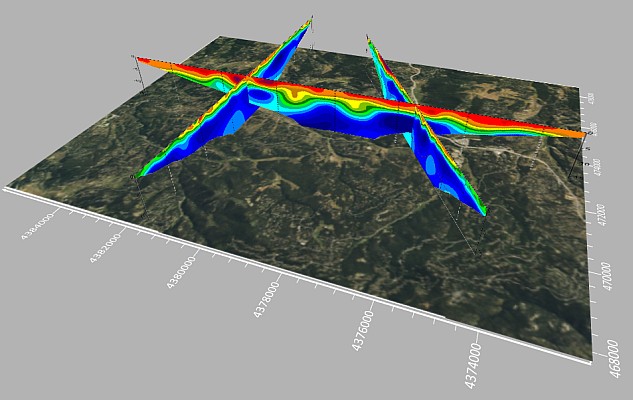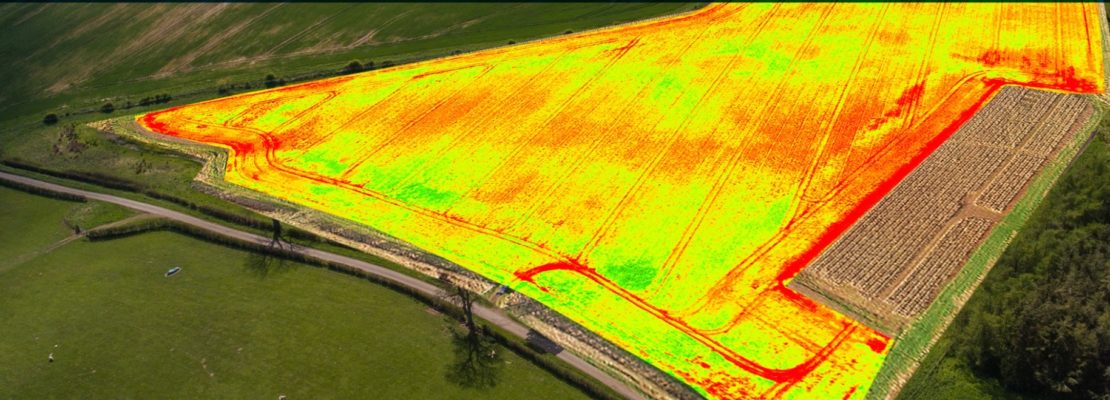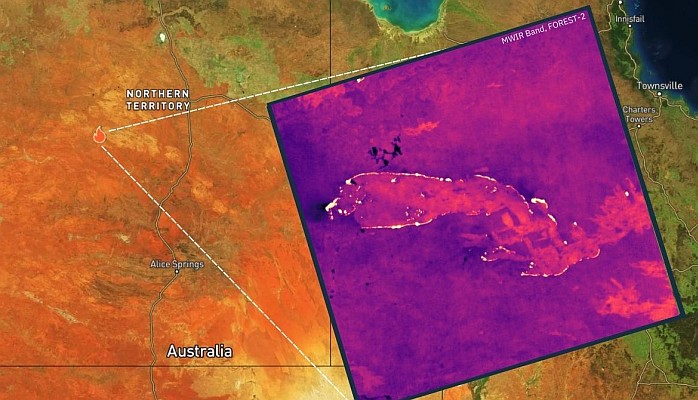 The newsletter from November about Spatial Data Infrastructures in Latin America and the Caribbean (SDI-LAC) is now available in portuguese, spanish and english. Click here to download the newsletters.
The newsletter from November about Spatial Data Infrastructures in Latin America and the Caribbean (SDI-LAC) is now available in portuguese, spanish and english. Click here to download the newsletters.
Assisting the free access to the information on Spatial Data Infrastructure (SDI) to the users, the Association for the Global Spatial Data Infrastructure (GSDI) has been making newsletters on SDI, available in Africa, Latin America and the Caribbean (SDI-LAC), and in Asia and Pacific (SDI-AP).
The newsletter SDI-LAC concentrates on aspects of the SDI and on GIS, remote sensing and the administration of data in Latin America and the Caribbean, related with SDI. It aims to create consciousness, to provide useful information for the invigoration of national initiatives of SDI and to support the synchronization of regional efforts.
The Pan-American Institute of Geography and History (IPGH), member entity of GSDI, and of the Permanent Committee for the Infrastructure of Spatial Data of America (CP-IDEA), promote the development of SDI in the area. The newsletter is prepared to GSDI by IPGH.
The Portuguese version of the SDI-LAC Newsletter was first published between November, 2007 and February, 2009, and now is being published again, since August, 2011, thanks to a group of volunteers located in several states of Brazil, and also in the United States and Canada.
Highlights of this edition: The Global and Regional SDI section comprises notes on the SDI Cookbook Update; GSDI Outreach & Membership Committee; the UN-SPIDER Knowledge Portal; The International Charter “Space and Major Disasters”; UN-GGIM 2nd High Level Forum; The Digital Observatory for Protected Areas DOPA; the 44th Meeting of the Directing Council of the PAIGH; FIG Commission 7 Annual Meeting in Argentina; FGDC’s Geospatial Platform Business Plan; and key conferences taking place worldwide. The IGS section includes comments on how to join and maintain membership in the Society. The National SDI segment informs on the New corporate image and 7th Conference of Argentinean IDERA; 1st seminar on Geographic Information and SDI-EPB of Bolivia; the National SDI of Nicaragua; and 1st Workshop on Spatial Technology and Information for social inclusion in Peru. Geospatial Research and Applications underline the Integration of the National Reference Network of Guatemala in SIRGAS; New version of the Geographical Atlas of Ecuador 2012; the eSDI-Net+ SDI Self-Assessment Framework; and the Drought Metadata Catalogue. Finally, several Events taking place in the Americas are listed in the last section.








